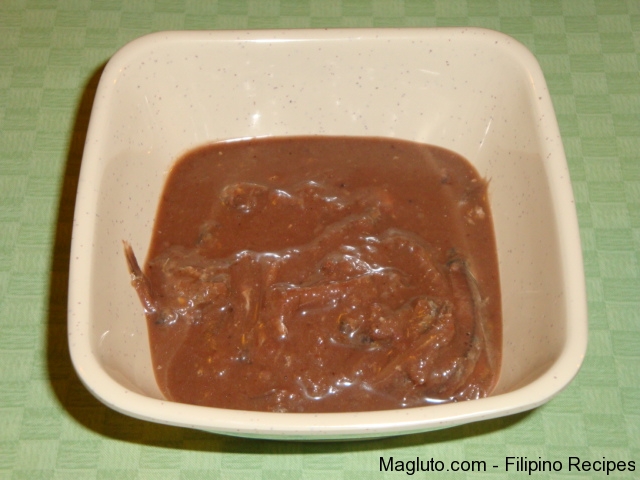
Larger grocery chains tend to have a wider selection and are more likely to carry anchovy paste. Local Grocery Stores: Visit the condiment aisle, canned fish and seafood section, or specialty/ethnic food aisles of your local grocery store.Where to buy anchovy paste?Īnchovy paste can be purchased at various locations, including: The packaging will often feature the name “anchovy paste” prominently, along with any additional product information or branding. Some brands may offer anchovy paste packed in oil, giving it a slightly lighter hue. It is usually a dark brown color, reflecting the rich flavor of the fermented anchovies.

The paste itself is a smooth, thick consistency, similar to other concentrated sauces or spreads. RELATED READING: Where is Baking Powder in Grocery Store? What does anchovy paste look like?Īnchovy paste typically comes in small jars or tubes. Take a stroll through these sections and keep an eye out for shelves displaying Mediterranean, Italian, or Asian products.Īnchovy paste is often used in Mediterranean and Italian cooking, while Asian cuisine may feature similar products such as fish sauces or shrimp paste that can be used as a substitute or complement to anchovy paste. These aisles offer a plethora of ingredients specific to different cultural culinary traditions. In many grocery stores, there are dedicated aisles for various ethnic cuisines. So grab a can opener and prepare to unleash the power of anchovy paste from its original form! While these may not be labeled as “anchovy paste,” they can easily be transformed into a paste by mashing or blending them. Look for tins or jars of whole anchovies packed in oil or salt. If you strike out in the condiment aisle, fear not! Our next destination is the canned fish and seafood section.Īnchovies, being a type of fish, are commonly found in this area.

Its versatility makes it a prized ingredient in numerous cuisines worldwide, from Italian pasta sauces to Asian stir-fries. Made from fermented anchovies, this concentrated paste boasts a rich umami flavor that adds depth and complexity to a wide range of dishes. It is commonly used as a flavor enhancer or ingredient in various recipes, such as Caesar salad dressing, pasta sauces, or marinades.

That way, we could use as much or as little as we needed.Īfter determining an equivalency for both products, we subbed them into various recipes. So we wondered if we could save ourselves the trouble of opening a whole can (and the fuss of mincing the fish) by substituting anchovy paste from a tube or even fish sauce instead. In these instances, we typically call for just a few fillets. Finely minced so that they distribute evenly throughout the dish, anchovies can bump up flavor without ever announcing their presence. The salty little fish are a potent source of glutamates and inosinates, substances that enhance savory depth in food. We love to savor the dense, velvety flesh and briny pungency of anchovies by draping whole fillets over pizza, sandwiches, or even just crackers.īut we also employ anchovies in an entirely different way: We mince the fillets and add them to everything from stew and sauces to soup and meatballs.


 0 kommentar(er)
0 kommentar(er)
